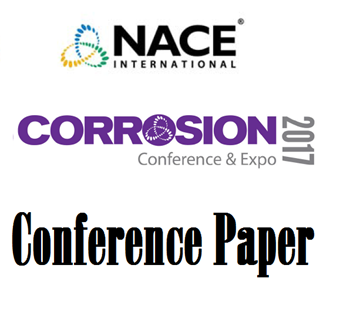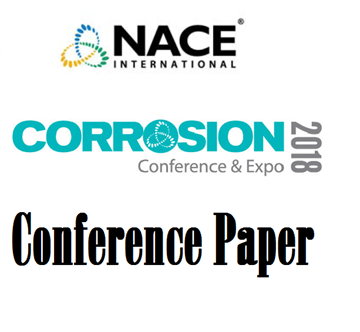Search
51318-11106-CATHODIC PROTECTION BY DISTRIBUTED SACRIFICIAL ANODES – ELEVATED TEMPERATURE MUD AND MARINE ATMOSP
Also Purchased
Distributed Sacrificial Cathodic Protection – A New Cost Effective Solution to Prevent Corrosion on Subsea Structures
Product Number:
51317--8941-SG
ISBN:
8941 2017 CP
Publication Date:
2017
$20.00
51318-11105-Effect of tungsten on the precipitation kinetics and localized corrosion resistance of super duplex
Product Number:
51318-11105-SG
Publication Date:
2018
$20.00
51318-11109-INTEGRATED CATHODIC PROTECTION (CP) SENSOR NETWORK – DEVELOPMENT OF THE CP SENSOR
Product Number:
51318-11109-SG
Publication Date:
2018
$20.00




